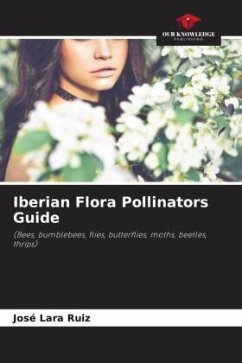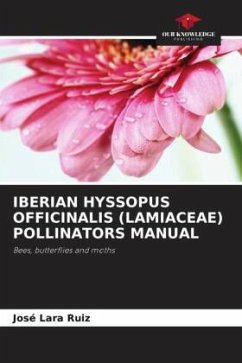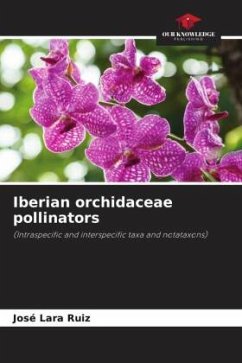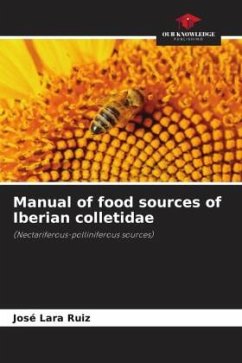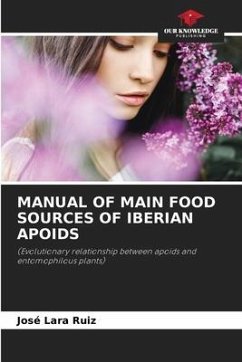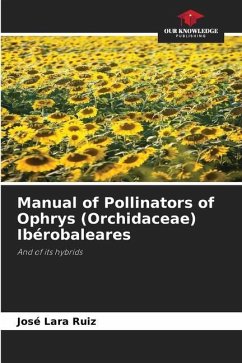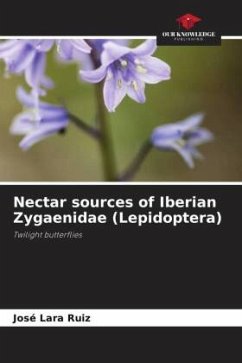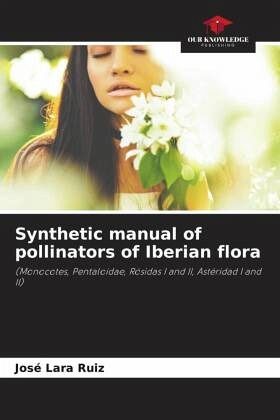
Synthetic manual of pollinators of Iberian flora
(Monocotes, Pentaloidae, Rósidas I and II, Astéridad I and II)
Versandkostenfrei!
Versandfertig in 6-10 Tagen
29,99 €
inkl. MwSt.

PAYBACK Punkte
15 °P sammeln!
Entomogamous flowers have evolved into two major groups: Rosids and Asterids. In each of them, they have first evolved towards a melittophilia (pollinated almost exclusively by apoids: Fabaceae, in the first group and Lamiaceae in the second) and then to a non-specialized entomogamy (pollinated by both short-tongued apoids and mainly syrphids and beetles (Rosaceae in the first group and Asteraceae and Apiaceae, in the second).From the point of view of anthophilous insects, the most important botanical families are: 1) for long-tongued insects: Lamiaceae, Fabaceae, Asteraceae carduideae, Rosace...
Entomogamous flowers have evolved into two major groups: Rosids and Asterids. In each of them, they have first evolved towards a melittophilia (pollinated almost exclusively by apoids: Fabaceae, in the first group and Lamiaceae in the second) and then to a non-specialized entomogamy (pollinated by both short-tongued apoids and mainly syrphids and beetles (Rosaceae in the first group and Asteraceae and Apiaceae, in the second).From the point of view of anthophilous insects, the most important botanical families are: 1) for long-tongued insects: Lamiaceae, Fabaceae, Asteraceae carduideae, Rosaceae, Boraginaceae, Scrophulariaeae, Campanulaceae and Dipsacaceae and 2) for short-tongued insects: Asteridae non-carduideae, Apiaceae, Rosaceae, Brassicaceae, Ranunculaceae, Campanulaceae and Dipsacaceae.



